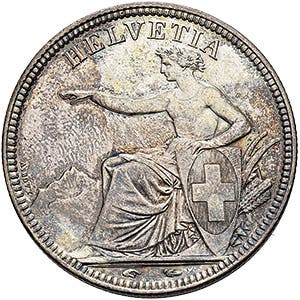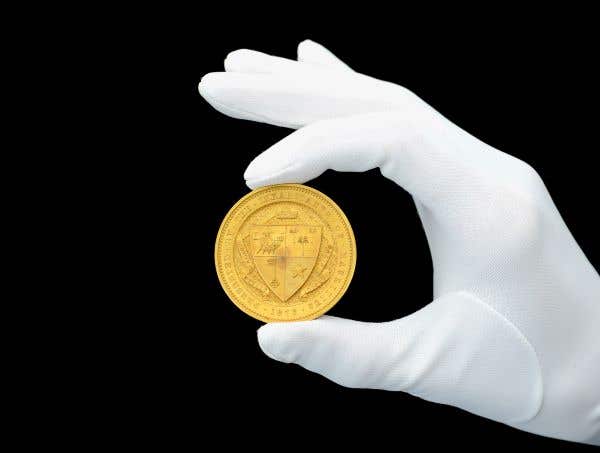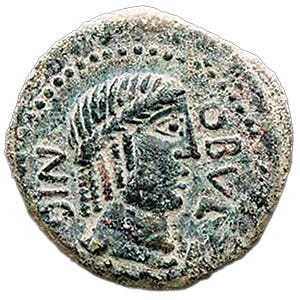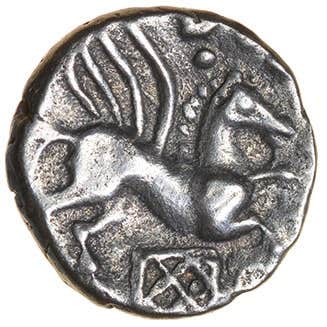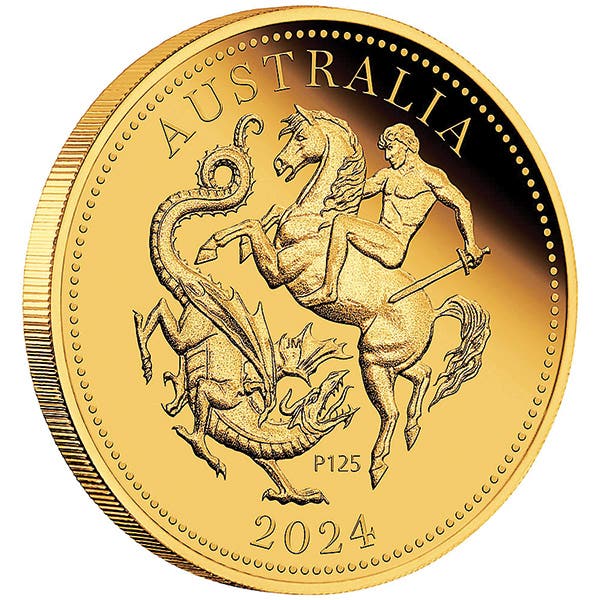Belgian firm buys Dutch mint
On Nov. 22 the Dutch Government announced it had sold Koninklijke Nederlandse Munt (Royal Dutch Mint) to the Belgian Groep Heylen for 3.6 million euros. The mint is being sold…
On Nov. 22 the Dutch Government announced it had sold Koninklijke Nederlandse Munt (Royal Dutch Mint) to the Belgian Groep Heylen for 3.6 million euros.
The mint is being sold as a going concern along with all its equipment. It employs some 90 people and will continue its activities in Utrecht following the takeover. The historic mint building has been sold separately to a local investor with the Mint leasing it for one more year.
The name “Royal” will be retained although this is at the discretion of the Dutch Royal Court. There are presently no indications that the Court will end the usage.
The Nationaal Analysecentrum voor Munten, which has been part of the Royal Dutch Mint will now become the responsibility of De Nederlandsche Bank.
CEO of Groep Heylen, Didier Clerx, regards the takeover as “a logical next step on the road to realizing the company’s ambitions. Groep Heylen includes the Mauquoy Token Company, National Tokens and Royal Blanking International. All are Belgian companies whose activities have involved the production of small metal tokens, blanks, promotional coins and souvenir coins since 1875.
“The acquisition of the Royal Dutch Mint provides us with a complementary product portfolio. We can now achieve our ambition of becoming the most capable mint in the world for small and medium countries.”
The sale was agreed to in the middle of last year by the Dutch parliament. Dutch state policy requires that the public interest must be put above running businesses. Public funds are to be used first and foremost in essential areas. Owning a mint is no longer a Dutch government priority.
The Dutch Mint was founded on Sept. 17, 1806, by Napoleon. Following his defeat in November 1813, the Kingdom of the Netherlands was founded with William I as monarch. The Mint was renamed as ‘s Rijks Munt. In a neat closing of the historical circle today’s Belgium was then a part of the new kingdom which had a second mint located in Brussels.
This article was originally printed in World Coin News. >> Subscribe today.
More Collecting Resources
• Subscribe to our monthly Coins magazine - a great resource for any collector!
• The Standard Catalog of World Coins, 1601-1700 is your guide to images, prices and information on coins from so long ago.




